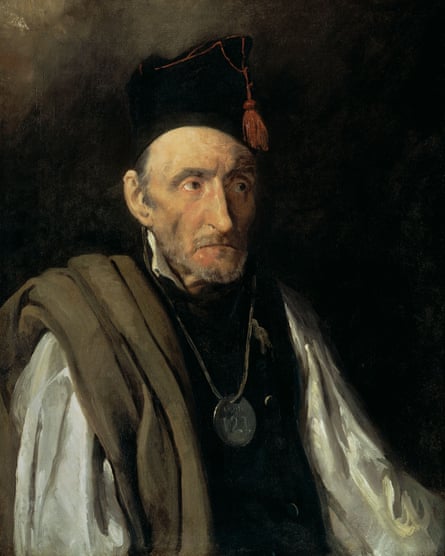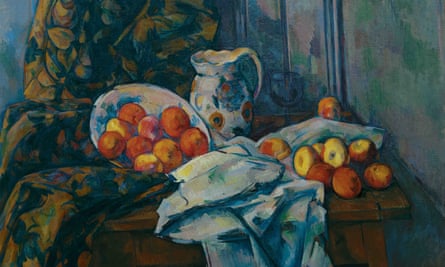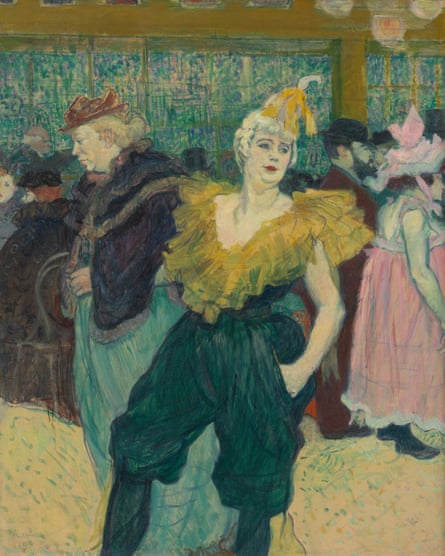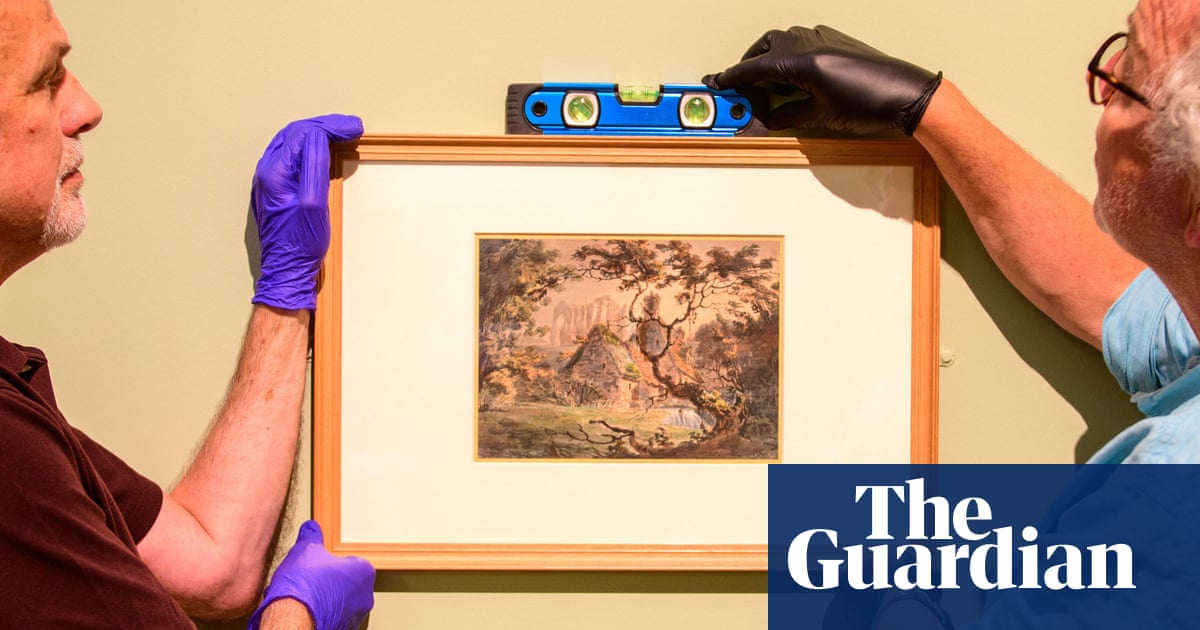The bland title of this show reads a bit like a confession, in terms of how little it has to say. Goya to Impressionism – so? Why do we need to see the troubled Spanish painter of war and witchcraft juxtaposed with soft scenes by Renoir and Sisley? No reason, except they all belong to a collection whose home in Winterthur, Switzerland, is closed for renovation, meaning the Courtauld can borrow them as a job lot. The trouble is that the Oskar Reinhart Collection is too similar to the Courtauld’s own to be an overly exciting proposition.
Both hoards were gathered in the early-20th century by wealthy private collectors with a penchant for French art of the late 1800s, yet by and large Samuel Courtauld got the best stuff. Reinhart’s Manets are minor compared with the dazzling masterpieces owned by the Courtauld. This is also true of Renoir. The Courtauld owns La Loge, Renoir’s scintillating early painting of modern love, but Reinhart’s row of soppy, second-rate Renoirs live down to every stereotype of this big impressionist softy.

In fact, it’s almost possible to believe the whole exhibition is a sly way for the Courtauld to swank about the superior class of its own treasures. But you can’t just throw some unconnected paintings together with no theme, argument or narrative and expect it to thrill.
The problems start with the single Goya at the start, but not because it is weak. The work is so drop-dead brilliant it brings all the other “masterpieces” here into question. What is art for? What is the point of it? You feel Goya asking himself these uneasy questions, as he paints Still Life With Three Salmon Steaks. The thick cuts of salmon touch each other on a grey tablecloth, their pink interiors turned upward with holes where the vertebrae were, and silver and black scales on their sides. The spine-holes are sinister, like eye-holes in a skull. Deep red blood drips out of one steak in a gory stain on the cloth. The colour of salmon flesh seems reminiscent of pink human bodies. It’s like I’m seeing my own mortality on a tabletop.

It’s a stunning, dislocating work that makes you wonder why the other revered paintings here don’t worry away at existence in the same unguardedly honest way that Goya’s does. Why, I found myself asking, has Cézanne bothered arranging all those apples and peaches on a tabletop when he doesn’t seem to see any meaning in them? Are they just food for his formal preoccupations? Yet, Cézanne’s Still Life With Faience Jug and Fruit is a revolutionary masterpiece of modernism dating from circa 1900. Nevertheless, here it seems complacent and makes the labour of looking at it dutiful. It is partly Goya’s baleful despair infecting your eyesight, showing up the lack of metaphysics in all these lovely French paintings. With their dedication solely to the visual, they are strikingly devoid of human stress.
But wait – here’s a fierce painting of a massive wave, a wall of blue water heading straight for you, before curling into explosive white foam near the shore. It’s by Gustave Courbet, who seems to be looking at his own fate in that merciless sea. And Géricault, who depicted a social world going insane on the open seas in The Raft of the Medusa, here concentrates on a single patient in a mental hospital: his portrait, A Man Suffering from Delusions of Military Rank, gives this suffering soul a sad dignity yet also makes you feel the artist’s terror of losing his own grip on reality. These earlier 19th-century paintings are extraordinary and, in fact, the Reinhart Collection has plenty more pre-modernist art that could have been loaned, including masterpieces by Bruegel and Cranach. So it seems a cheap choice to focus on impressionism.

Van Gogh is also among the ill in two paintings here, both done in hospital. The Ward in the Hospital at Arles is a compassionate scene of patients gathered round a stove: he looks at them with love and sympathy, forgetting his own troubled condition. But again, the Courtauld seems to be merely mirroring its own collection in a narcissistic way, for of course it owns Van Gogh’s most sensational depiction of his despair, Self-Portrait With Bandaged Ear.
This treatment of Oskar Reinhart’s collection as the Courtauld’s mini-me is even more pointed in the caption for Toulouse-Lautrec’s The Clown Cha-U-Kao, which points out that in the background you can see the distinctive profile of the dancer Jane Avril, who, we are reminded, appears in its own greatest work by this artist. Indeed she does and, needless to say, the Courtauld’s painting is better.
The final painting is Picasso’s blue-tinged portrait of the sculptor Mateu Fernández de Soto, done in 1901 as they mourned the suicide of their friend Carles Casagemas, for whom the wild life of Paris bohemia proved fatal. It’s a powerful conclusion to the thread of artistic despair and insanity that haunts this otherwise drearily grand exhibition.
The Courtauld proudly tells us its scientific research has revealed that Picasso painted it over a portrait of a woman – perhaps to save canvases as an impoverished young artist. But I can’t see her. And you can’t see her, either. So, as with much of this show, why should we care?

.png) 3 months ago
47
3 months ago
47

















































